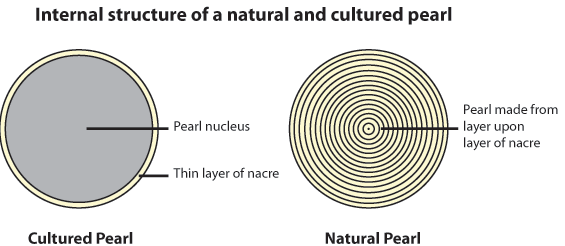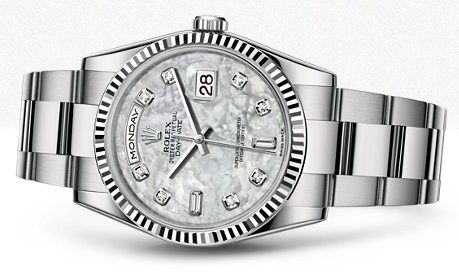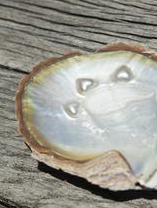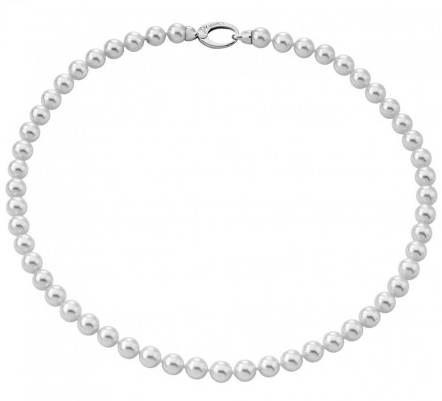I mean, of course the world is your oyster (duh). But that’s not exactly what this post is about. This Wednesday, I’m going to give you some insight on Pearls.
Natural, Cultured and my favorite, Mother of Pearl..
Natural pearls are formed in an oyster’s stomach, when an external irritant, (usually a grain of sand) finds its way inside the shell.
Cultured pearls are produced the same way as natural pearls however a pearl farmer would open the shell of the oyster, to insert an irritant such as a grain of sand.
Rolex Day-Date | Inside an Oyster shell
Mother of Pearl it’s so pretty isn’t it? Mother of pearl is found in a lot of jewelry and is used very often as the face of a fine watch. MOP is the smooth shining iridescent substance that forms the inner layer of the shell of an oyster (and other mollusks).
Akoya, FreshWater, Tahitian or South Sea?!
What does that even mean?! Don’t get psycho at the jewelry lady when she ask’s you this, it’s a very valuable question. (Literally)
Akoya Pearls: Produced by a Japanese “Akoya” Oyster. Think, Mikimoto. Akoya (saltwater) pearls are very hard to harvest; the oysters are very small so they don’t produce very large pearls or many pearls over a lifetime. $$$
FreshWater Pearls: Produced in freshwater (ponds, lakes and rivers) usually by a mussel or another freshwater mollusk. These are much easier to harvest, they produce larger pearls and more pearls over a lifetime. On average they are your least expensive pearl. $$
Tahitian Pearls: (aka the black pearl) Is produced in a black-lipped oyster. This oyster is extremely sensitive during culturing process, which results in the highest mortality rate among any cultured pearl mollusks. Because of the high mortality rate and the time it takes to form the pearl, this makes these pearls the rarest among the developed pearl farming markets. Further, the true black Tahitian pearls are among the most exotic and sought after pearls the world over. Silver to Charcoal in color $$$$ black $$$$$
South Sea Pearls: Produced near the northern coast of Australia and the southern coast of China. These large oysters are found deep in the ocean. They usually can only produce one pearl at a time and can do this only (on average) three times in their life. They also produce the largest pearls. $$$$$
Majorica Pearl Necklace
In a separate category comes “Organic Pearls”. MAJORICA produces pearls, without oysters, by manufacturing them in a factory. These pearls are much less expensive in price. They won’t be considered a piece of fine jewelry or semi precious, but they’re definitely a quality affordable option. They are NOT considered an imitation pearl because they use fine components.
So the next time you go out looking for pearls, now you know. Or the next time your great grandma offers you her natural pearls from years ago, YOU TAKE THEM. They probably cost as much as some houses now-a-days.
And to give credit where credit is due, although I did already know almost all this information, I referenced this website to make sure all that I know was accurate. They really have a lot of detailed information if you’re very interested in all this pearl talk.
Hope you enjoyed reading!
XO,
Simone










1 Comment